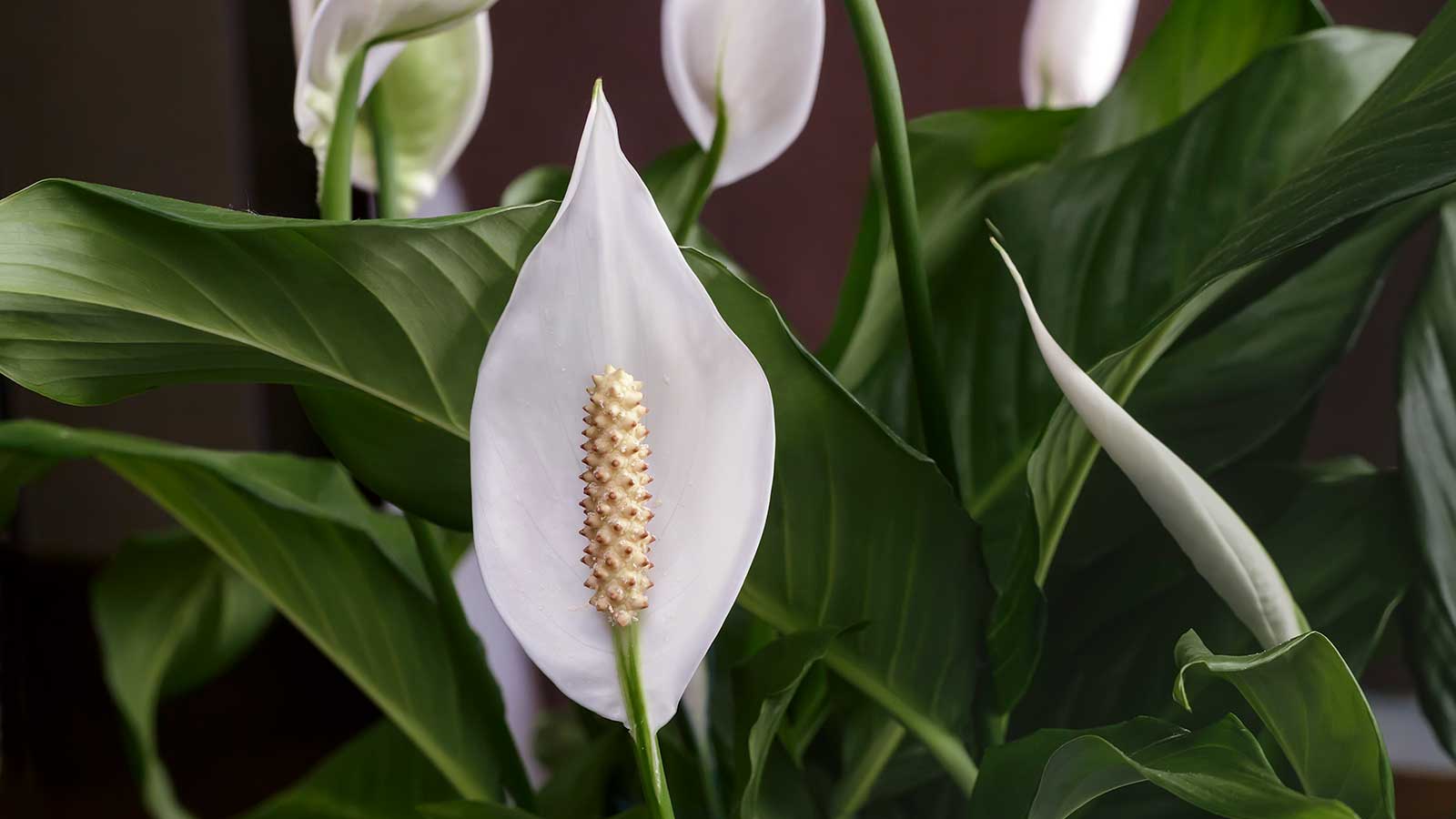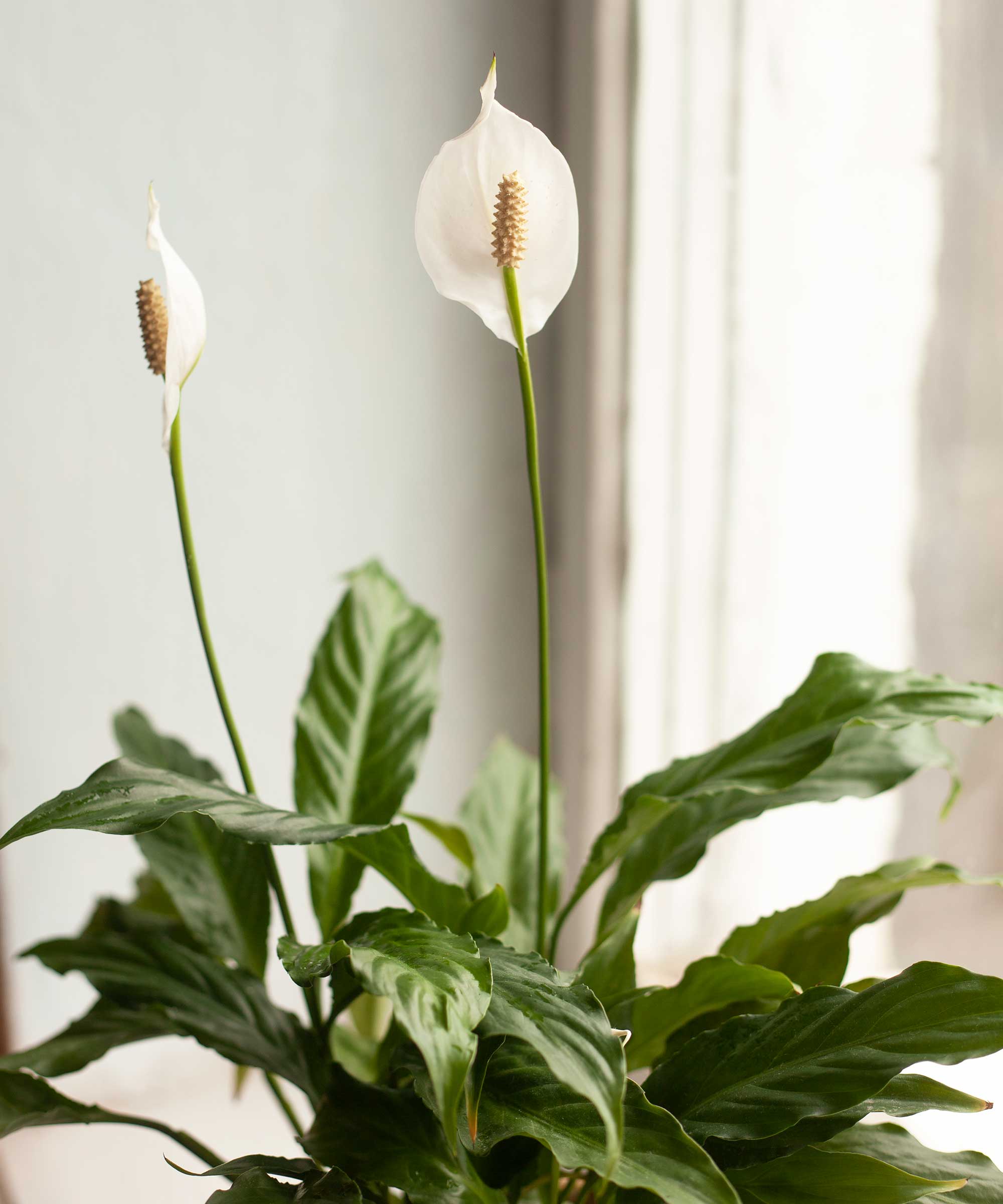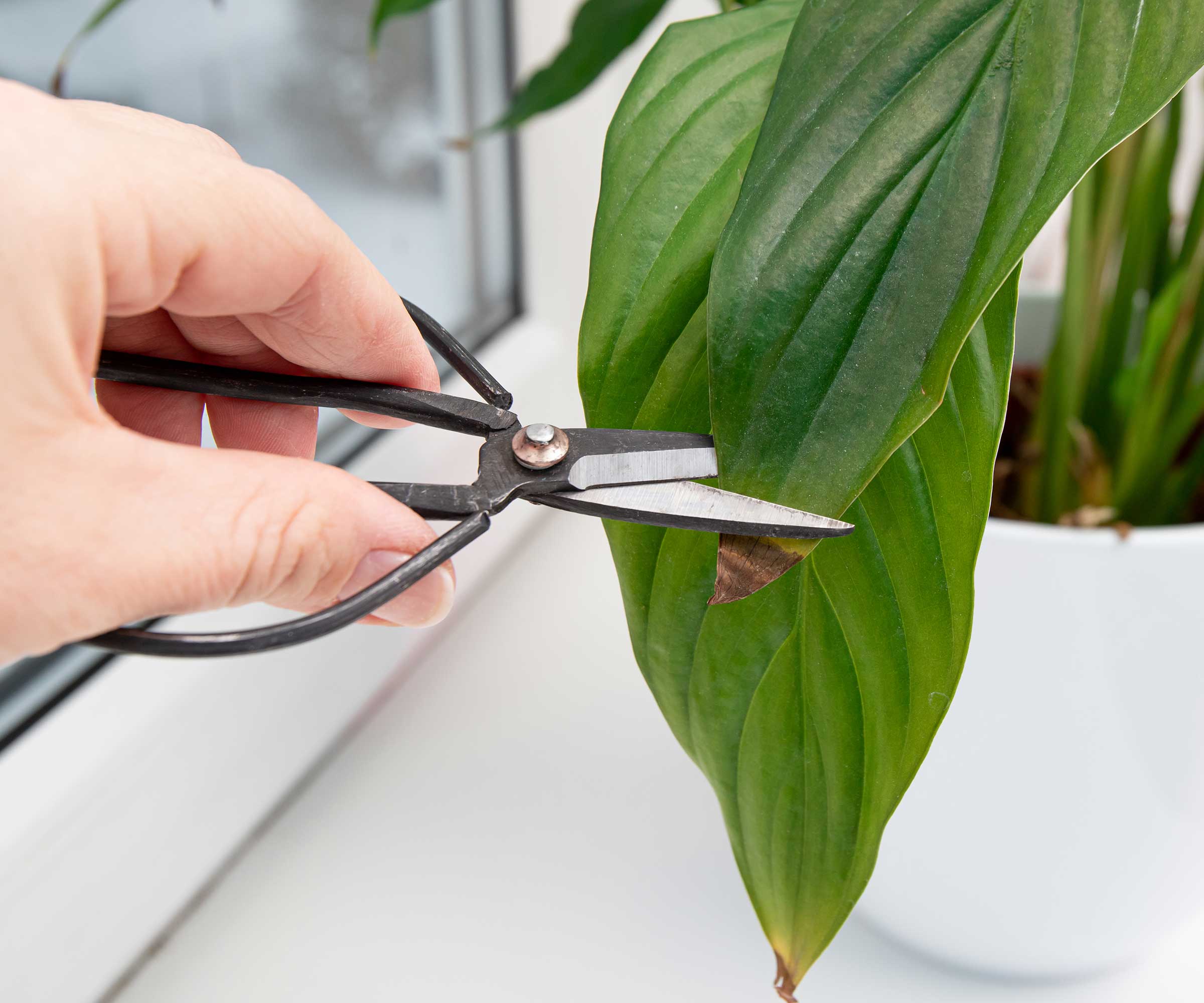How to prune a peace lily – a quick and easy guide for healthier-looking houseplants
Pruning peace lilies takes less than five minutes – the experts reveal how, when, and why you should try it


Pruning a peace lily is an easy job that will take your houseplant from drab to fab. All you need is a spare five minutes and a pair of sharp and clean scissors.
These plants will eventually shed old yellow and brown leaves themselves, but pruning is the go-to method if you don't want to wait. Such discoloration of foliage is natural on these plants, as John Negus, an expert from Amateur Gardening magazine explains. It's simply what happens when they have born flower stems, as they mature, or when leaves are tucked right underneath the plant and lack sufficient light.
So, if you're growing a peace lily and it's looking worse for wear, consider giving it a trim. As one of the easiest houseplants to care for, they're amazingly forgiving. Just a bit of TLC – a touch of pruning included – will reward you with green, shiny foliage and white flowers.

These houseplants are easy to look after

A former professional gardener and allotment-grower, Holly now flexes her green fingers by tending to her large collection of houseplants. Peace lilies are one of her favorites for their easy-care nature – she currently has three, including a variegated variety.
When should you prune your peace lily?
'In general, if your peace lily has healthy green foliage and stems, you don’t need to prune it,' advises Vladan Nikolic, a houseplant expert and the founder of Mr. Houseplant. Only prune if you can see dead or diseased parts – removing the latter can prevent problems from spreading to healthy tissue.
Mo Bhula of The Botanical Archive, who is also an RHS Chelsea medalist, adds that it's best to prune these indoor plants during the growing season. This is from spring to summer. Avoid cutting back your plant in the winter months as it will struggle to grow back, he adds.

You can snip off brown tips – follow the curve of the leaf for a natural shape
Expert tips for pruning your peace lily
To prune a peace lily, you can use scissors or secateurs (such as these bypass ones from Amazon). Before you begin, ensure they are properly prepared by dipping them in rubbing alcohol or hand sanitizer, recommends Mo Bhula. This will sterilize them, which will ensure your cuts are clean.
Then, it's time to get snipping. 'If you’re pruning a dead leaf, you should prune it at the base of the petiole, cutting it off as close to the bottom as possible,' says Vladan.
You can also prune old, dry flower stalks out at the base. 'If the flower stalk is dry enough, you will be able to just pull it out with your hand,' Vladan says.
Sometimes, just the tips or edges of your peace lily's foliage will turn brown. This is often caused by too much direct sunlight. If you want to neaten up its appearance, you can simply trim these areas off. As you do so, cut ever so slightly into the green sections of the leaf, instructs Vladan.
'You don’t have to cut off the entire leaf. The green parts of the leaf are still useful; they are alive, healthy, photosynthesizing, and producing food for the plant. Brown tips and brown edges are dead tissue and they are of no use to the plant.' They aren’t actually harmful to the plant, he adds, so leaving them isn't an issue: it's just down to aesthetic appeal.
Once you've finished tidying up your plant, be sure to keep it watered and in bright indirect sunlight, says Mo – this will stop your peace lily from drooping, and it should grow back stronger than ever.

Yellowing leaves is natural on these plants – they can be removed at the base
Should you prune a peace lily to manage its size?
Has your peace lily grown too big for its pot? If you don't want to repot the whole thing into a larger container, consider dividing the plant into smaller clumps instead of attempting to cut it back. This way, you can get two or more 'new' plants to add to your interior scheme. Just ensure there are healthy portions of roots attached to each.
As mentioned, try to stick to cutting out dead material rather than healthy growth. If you really want to remove a few green leaves, perhaps because they're overly leggy, again cut them out from the base. Keep this to a minimum though – removing too many may 'shock' the plant and cause it to stop growing, warns Aaditya Bhatta, the editor and founder of Plantscraze. To avoid legginess in the future, make sure your peace lily is getting enough light, and turn it regularly so that it grows evenly.
Sign up to the Homes & Gardens newsletter
Design expertise in your inbox – from inspiring decorating ideas and beautiful celebrity homes to practical gardening advice and shopping round-ups.

Holly started writing about gardening five years ago, and she is a regular contributor to Homes & Gardens. She has also written many gardening features for Woman & Home and Real Homes, too. She has previous experience as a professional gardener, where she helped to plant and maintain private gardens. Holly has also looked after allotment plots over the years and loves to grow her own flowers and veggies from seed. In her spare time, she enjoys visiting local gardens, botanical drawing, and tending to her ever-growing collection of houseplants.
-
 Gwyneth Paltrow's quiet luxury kitchen is so beautiful, we almost overlooked her ultra-smart cabinets – they make the use of 'every inch' of storage space
Gwyneth Paltrow's quiet luxury kitchen is so beautiful, we almost overlooked her ultra-smart cabinets – they make the use of 'every inch' of storage spaceThe Goop founder makes use of dead space in her kitchen with customized cabinetry that reaches to the ceiling, providing ample storage
By Hannah Ziegler
-
 Martha Stewart's intelligent cabinets 'take every inch into consideration' – their 'visually light' style will solve your small kitchen storage problems
Martha Stewart's intelligent cabinets 'take every inch into consideration' – their 'visually light' style will solve your small kitchen storage problems'Every kitchen can be beautiful and functional, no matter what the size': 9 years since sharing her clever storage, Martha's cabinets are just as beautiful
By Megan Slack